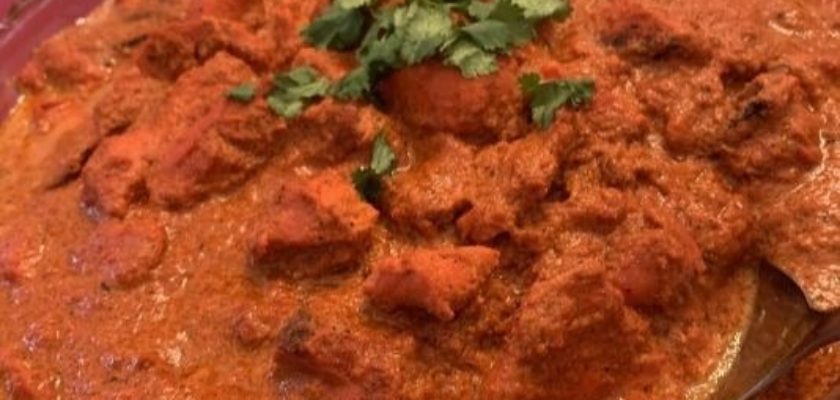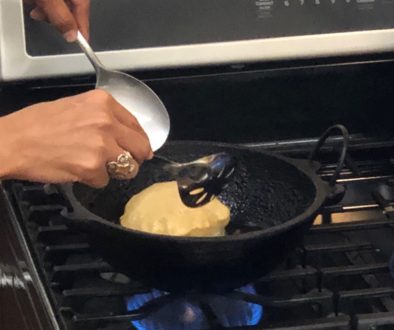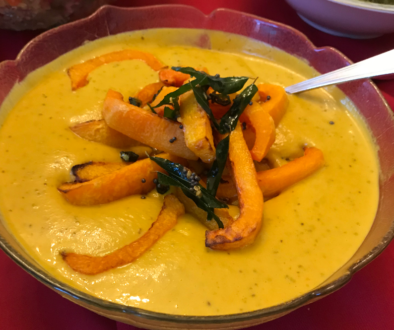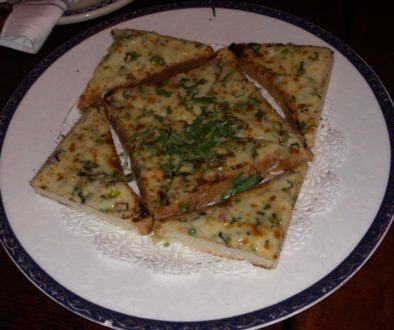Chicken Tikka Masala
By Shayde Brown

Chicken Tikka Masala
In 2020, I began teaching an Indian food, blogging and photography class at Willliams College, Massachusetts. At each session, students prepared a protein, lentil, vegetable, and bread or rice dish. We concluded the class by sitting around a table, talking and eating all the delicious food prepared.
The class included a Jackson Heights restaurant tour and we observed two chef’s – from Drunken Munkey and Rahi – demonstrate their cooking skills. Below are some of my student’s blog posts.
Hindoostane Coffee House, Britain’s first Indian restaurant, was opened in 1810 by Sake Dean Mahomed, a Bengali traveller and captain of the East India Company. However, it only took a year before the establishment needed to close due to lack of business. Despite this shaky beginning, Indian cuisine now prospers in the nation. Today in Mayfair, an affluent area in the West End of London and one of the most expensive districts in the world, one can find elegant Georgian townhouses, exclusive hotels, and designer stores, as well lavish, Michelin-starred Indian restaurants. Furthermore, to demonstrate the cuisine’s popularity, chicken tikka masala was declared Britain’s national dish in 2001 and has continued to be placed highly in the rankings of Britain’s Top Foods ever since.
It was only a couple of days ago during my Winter Study class (Winter Study is a study period my university holds during January where students take one class instead of four like other semesters) when I learned the dish’s rather comical origination. According to some sources, the dish was created in Britain by an Indian chef thanks to an ignorant customer. After said customer complained that his chicken tikka (without the sauce) was too dry, the chef concocted a gravy to accompany the chicken by combining a can of Campbell’s tomato soup, some cream and a few spices[1].
The ingredients and their respective quantities used to make the dish probably vary by recipe, but the main spice (or I should say mixture of spices) we used was tandoori masala. The specific spices in tandoori masala vary somewhat from one region to another but typically include garam masala, ginger, onion and cayenne pepper. In traditional Indian cooking, it is made specifically for use with a tandoor, or clay oven, and is used extensively with dishes such as tandoori chicken, giving them its characteristic red color. If the spice blend is freshly prepared, it can be stored in airtight containers for up to two months. The origin of tandoori masala isn’t well documented, but it is believed that its roots lie in northern India before the country separated from Pakistan. It is a true reflection of spices originating in India as well as those imported from other nations.
Chicken Tikka Masala Recipe:
- 2 packets of chicken (or an equal amount of paneer)
- 2 tbsp tandoori masala
- 2 tbsp plain yoghurt
- 3 tbsp vinegar
- Salt, to taste
- 2 tsp ginger garlic paste (the paste is made by blending equal quantities of ginger and garlic)
- 1 tomato
- 1 tbsp tomato paste
- 1 stick unsalted butter
- Approx. 1 cinnamon stick, broken into pieces
- Approx. 7 cloves
- Chicken salt, to taste
- 2 tbsp cream
- Coriander, to finish
The first step in the process of making the chicken tikka masala involved marinating cubes of chicken breast in tandoori masala, yoghurt, vinegar, salt and a paste of garlic and ginger overnight. The following day, the marinated chicken was placed into an oven at 375 degrees Fahrenheit for half an hour. To make the base of the sauce in the meantime, a tomato was liquidized in a blender with tomato paste. This mixture was then heated in a saucepan with butter, cinnamon and cloves. The cooked chicken (just the meat, not the liquid) was then added to the sauce and the curry was finished with chicken salt and cream. If you are vegetarian, this recipe is equally as tasty by substituting the chicken with paneer (pictured to the right), a non-melting soft cheese commonly used in Indian cooking. Note that if you are making this substitution, the paneer does not have to be cooked and can be added to the heated sauce at the end.
Shayde Brown is a senior at Williams College pursuing a Bachelor’s degree in French Language and Literature, and is a player for the Women’s Rugby Football Club. She is from the United Kingdom, is always seeking opportunities to travel and learn about various cultures, and also enjoys baking in her free time
[1] Collingham, Lizzie. Curry: A Tale of Cooks and Conquerors. Oxford University Press, 2006, pp. 2.








